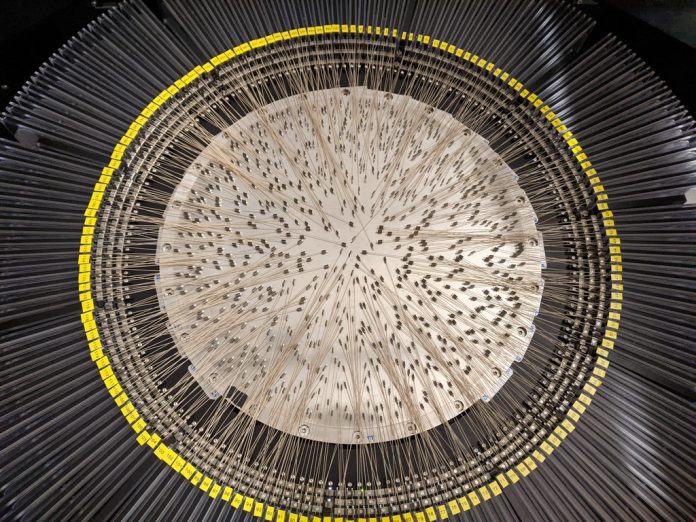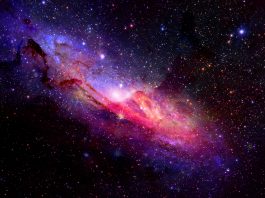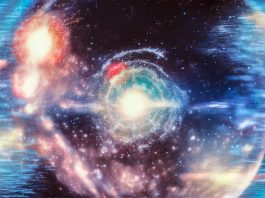The astronomical advancements being made to the William Herschel Telescope that will facilitate a thorough survey of the Universe are close to finalisation.
The significant modifications to the William Herschel Telescope will enable scientists to perform an in-depth analysis of the Universe, providing crucial answers to fundamental astrophysical questions, such as how we came into existence and the search for life outside of our galactic neighbourhood.
Understanding the galaxy with the WHT Enhanced Area Velocity Explorer
The novel advancement, the WHT Enhanced Area Velocity Explorer (WEAVE), will enhance the field of view of the William Herschel Telescope by up to two degrees on the sky, which will increase the rate of around 1000 stars per hour.
The components of WEAVE have recently arrived in the Canary Islands, with the system currently undergoing testing before being integrated into the William Herschel Telescope; it will subsequently move on to the on-sky commissioning phase before the inception of a 1200-night survey that the instrument will perform over the next five years.
The vital data collated by WEAVE – more than 12 million spectra – will be utilised to enrich the science return from the European Space Agencies Milky Way mapper. Of particular note is facilitating the mapping of the dark matter distribution in the Milky Way. As well as this, it will enable comprehensive examinations of the creation and development of galaxies across cosmic time, and the interactions between the stellar content of galaxies and their central black holes.
Professor Scott Trager, WEAVE Project Scientist and chair of the WEAVE Survey Consortium, Kapteyn Astronomical Institute, University of Groningen, commented: “We are very excited to see WEAVE reach this important milestone. WEAVE will provide tens of millions of spectra of stars and galaxies over the coming five years, and the WEAVE Survey will provide data that will help answer questions like how did our galaxy form and the stars within it evolve, how were other galaxies assembled, and what are dark matter and dark energy?”
UK involvement with WEAVE
Scientists in the UK have led the European group that has designed and produced this key instrument, with fundamental leadership coming from the University of Oxford and STFC RAL Space and with additional technology supplied by Liverpool John Moores University and a complex data processing pipeline development led by the University of Cambridge.
Professor Gavin Dalton, WEAVE Principal Investigator, University of Oxford and STFC RAL Space, added: “It is tremendous to see the sustained efforts of so many groups of people finally coming together at the telescope, and to finally be able to bring the system to operation.
“WEAVE has been 10 ten years in development with lots of complex moving parts and components scattered in laboratories across Europe. With everything now at the telescope and operating correctly, we are on the cusp of offering astronomers a new and improved eye on the stars.”
WEAVE’s installation
After installation efforts of over a year, with close to 100km of optical fibre assemblies, WEAVE’s fibre positioner has left the UK and has been tested and calibrated.
The positioner can place full configurations of over 900 fibres in less than an hour by utilising its two high-speed industrial robots. Every fibre gathers light from an individual star or galaxy, which is fed to the spectrograph.
The WEAVE spectrograph has already been installed at the WHT. It has two arms, each with its own custom-built cryostat – a liquid-nitrogen refrigeration unit which that will cool the detectors to help limit background ‘noise’, to generate much clearer spectra.
Testing has been conducted on the spectrograph and has yielded high high–quality images at all wavelengths from the ultra-violet to the far red. Each fibre can gather the light from a single star or galaxy.
After the instrument has been integrated, WEAVE’s on-sky commissioning will commence. Following on from this will be science verification observations. Operated by the Isaac Newton Group of Telescopes, it will then begin the routine survey and open-time observing.









